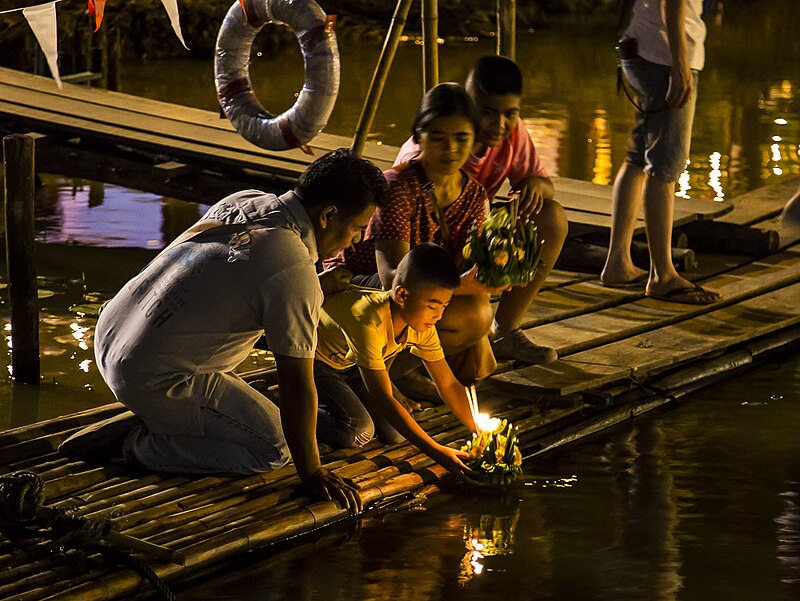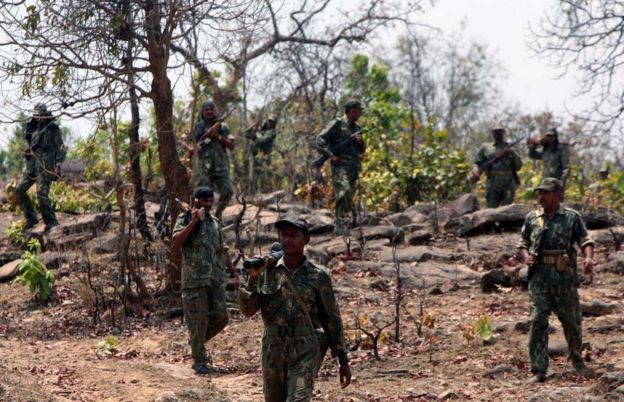Legacies matter! I grew up in times when kids were beaten up as punishment. My mother was an exception. She had told me stories of the mighty Odias (people from my state of Odisha in India) and how they had conquered a huge kingdom once and how they used to trade with far-off lands like Java and Sumatra. And when I would make a mistake, she would just say, "is this the way you are going to maintain your heritage?" That was enough to bring me to tears! Heritage matters! I shall tell about the maritime legacies of my land of Odisha/Kalinga/Utkala.
In October 2019, I was in a conference and met a Sri-Lankan researcher. As usual, people ask me which part of India I am from. Most people would not know where Odisha is. This guy knew it! And he told me one of their legends. Apparently, Singhalease legends say that long time back a prince from Kalinga was ostracised. He left with hundreds of his followers and settled in Sri Lanka and that was the beginning of Singhalese civilisation. That is why they know about Kalinga or Odisha. This means that the maritime culture of Odisha existed since ancient historical times. (PS: Ashoka the great sent his son and daughter to Sri Lanka to spread Buddhism in around 200BC. This means Kalinga's maritime culture has been there before this).
Stories tell a lot about the culture. Characters in stories tell a lot about prominent personalities and trades from history. (E.g. The famous Sanskrit play Mritchakatikam tells the story of love between a trader and a rich prostitute. This shows that prostitutes in ancient India were respected and powerful personalities.) Stories from Odisha/Kalinga will mostly have a character named "sadhaba". Sadhabas are people who used to do maritime trade. They would be rich, powerful and would usually leave home for half the year in their ships. This is very unique to Odisha. Stories from no other state tell about such a class of people.
Lastly, I will tell about the festival of boats celebrated in Odisha on the full-moon day which marks the end of the Hindu month of Kartika (falls in November). This festival is called Bali-jatra (literally "voyage to Bali")! People would go to the nearby water bodies and float small boats made from banana-plant-parts. This festival is NOT celebrated in any other state in India. BUT, this is a big celebration in all the South Eastern nations, celebrated under different names! In Burma it is called Tazaungdaing (https://en.wikipedia.org/wiki/Tazaungdaing_festival), in Thailand it is called Loi Krathong (https://en.wikipedia.org/wiki/Loi_Krathong) and in Laos and Cambodia it is called Bon Om Touk (https://en.wikipedia.org/wiki/Bon_Om_Touk). These are the places the erstwhile Kalinga-Sadhabas used to sail to.
We Odias need to know our heritage and stories. Heritages matter! Legends matter! Stories matter.

In October 2019, I was in a conference and met a Sri-Lankan researcher. As usual, people ask me which part of India I am from. Most people would not know where Odisha is. This guy knew it! And he told me one of their legends. Apparently, Singhalease legends say that long time back a prince from Kalinga was ostracised. He left with hundreds of his followers and settled in Sri Lanka and that was the beginning of Singhalese civilisation. That is why they know about Kalinga or Odisha. This means that the maritime culture of Odisha existed since ancient historical times. (PS: Ashoka the great sent his son and daughter to Sri Lanka to spread Buddhism in around 200BC. This means Kalinga's maritime culture has been there before this).
Stories tell a lot about the culture. Characters in stories tell a lot about prominent personalities and trades from history. (E.g. The famous Sanskrit play Mritchakatikam tells the story of love between a trader and a rich prostitute. This shows that prostitutes in ancient India were respected and powerful personalities.) Stories from Odisha/Kalinga will mostly have a character named "sadhaba". Sadhabas are people who used to do maritime trade. They would be rich, powerful and would usually leave home for half the year in their ships. This is very unique to Odisha. Stories from no other state tell about such a class of people.
Lastly, I will tell about the festival of boats celebrated in Odisha on the full-moon day which marks the end of the Hindu month of Kartika (falls in November). This festival is called Bali-jatra (literally "voyage to Bali")! People would go to the nearby water bodies and float small boats made from banana-plant-parts. This festival is NOT celebrated in any other state in India. BUT, this is a big celebration in all the South Eastern nations, celebrated under different names! In Burma it is called Tazaungdaing (https://en.wikipedia.org/wiki/Tazaungdaing_festival), in Thailand it is called Loi Krathong (https://en.wikipedia.org/wiki/Loi_Krathong) and in Laos and Cambodia it is called Bon Om Touk (https://en.wikipedia.org/wiki/Bon_Om_Touk). These are the places the erstwhile Kalinga-Sadhabas used to sail to.
We Odias need to know our heritage and stories. Heritages matter! Legends matter! Stories matter.

